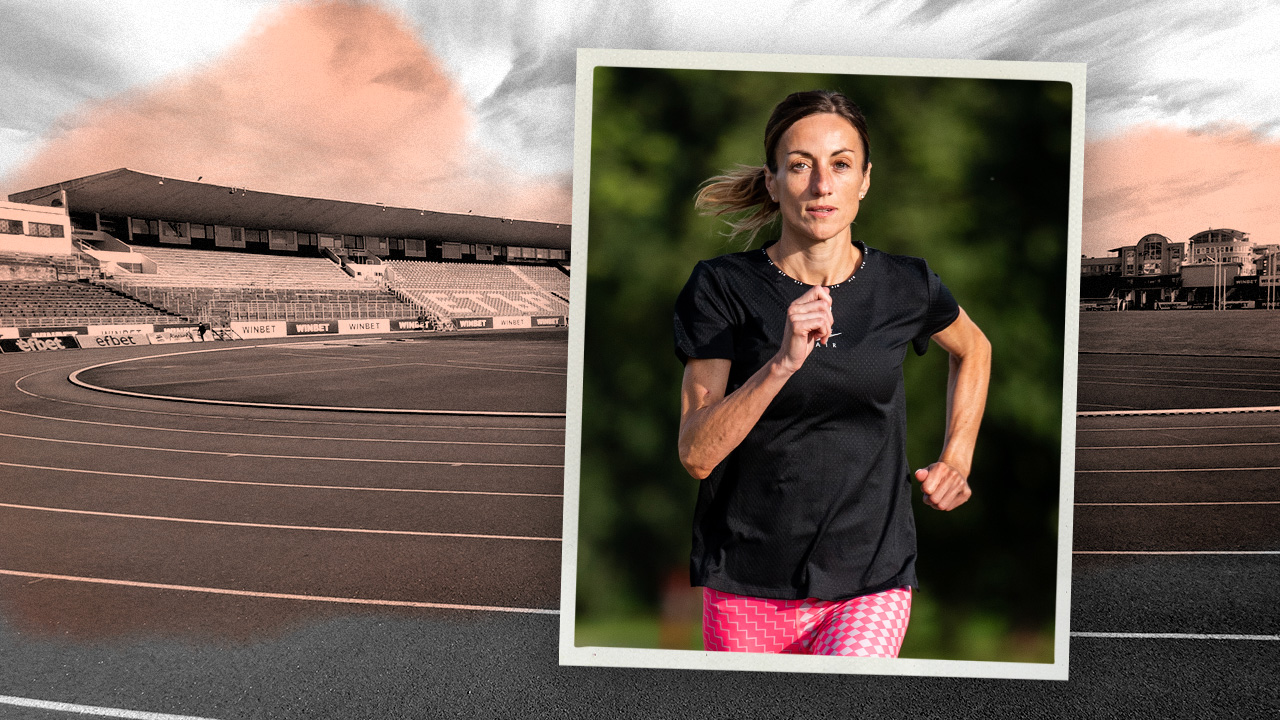News feed

There are many moments that mould the athletes of today; they are made up of pride, disappointment, triumph, and heartache. GRAZIA speaks to the Australian Olympic team on the moments, the people and the discipline required to finally step onto the field. Marathon runner Sinead Diver has smashed preconceived ideas to become a professional athlete in her 40s. Here she appears to celebrate the power of sport to build community and change the world.
GRAZIA: When did you realise you could take your sport to a professional level? How old were you?
Sinead Diver: “Growing up I was a very active kid but unfortunately sport didn’t feature at my primary or high school. I went on to study Physical Education & Irish Teaching at the University of Limerick where I got the opportunity to try lots of different sports, but this was more from a pedagogical perspective. I didn’t discover my passion for running until after the birth of my first child. I was 33 at the time and had no aspirations of running at a competitive level. My initial motivations were purely for fitness and social reasons. However, I quickly discovered I had a talent for the sport and my ambitions grew. After racing my first marathon in 2014 I knew that this was the distance for me and realised that I could be competitive at world class level.”
How did you feel when you qualified for the Games in 2021?
SD: “I got my Games qualifier at the 2019 London marathon. I was so excited but didn’t want to get carried away as there was still over a year of qualifying time remaining for others to post a time. As the months rolled by, I felt more and more confident that my spot was secure. However, that all changed with the announcement of the Olympic postponement in March 2020. This meant the qualifying period was extended for another a year – the possibility of losing my spot was back on the cards. The next few months seemed to drag on, so when I finally got the call in June of this year to confirm that I had made the team – I was ecstatic. It was a dream come true and all the years of hard work had finally paid off.”
When you step out to compete, what is racing through your mind in that moment?
SD: “I am always pretty nervous in the lead up to a race and when I’m on the starting line, this feeling intensifies. Sometimes I even question what I’m doing there but as soon as the gun goes off, I immediately feel better.”
In preparation for the Games, tell me three moments. Your proudest. Your most defining. Your lowest.
SD: “My proudest moment was getting officially named on the Olympic Team. I believe Melbourne Marathon in 2018 was my breakthrough race and most defining moment. It was a very warm day with strong winds, but I managed to get the win, break the course record and clock a time of 2:25:19. This result opened a lot of doors for me and provided me with opportunities to grow as an athlete.
Post London 2020 was my lowest moment. It wasn’t a terrible result by any means. I finished in a very respectable time of 2 hours, 27 minutes but I knew I had fallen short of what I was capable of. This race broke my heart because, without a shadow of a doubt, I was the fittest I’d ever been. Unfortunately, I had too much on my plate in the lead up and I didn’t adjust my training accordingly. As a result, I overdid it and dug myself into a hole. It took quite a few months to get back to feeling like my old self again. However, I learnt a valuable lesson from this time and have been a lot smarter with this build up. I’m happy to say, that I feel as fit now, as I was then.”
What does a week of training look like for you?
SD: “Monday, Thursday and Saturday are my “easy” days which help my body recover. I have an hour-long easy session in the morning where I’ll work on my mobility and strength, and another 30-minute session in the afternoon. On Tuesday I’ll start the day with a more challenging morning workout; I tend to mix this up but a typical session would be 8 x 1km runs with 60 sec recovery in-between. Then it’s a 30min easy session in the afternoon. On Wednesday for mid-week I go for a 90min run ready for interval sessions tomorrow. On Friday this is my marathon interval session day. I’ll usually do 5 x 4km runs with 2min jog recovery in-between. On Sunday this is my long run day. I’ll get out for a 2.5 hour run, sometimes with a pickup at the end.”
On your hardest days, what drives you to keep going?
SD: “I’m still in the early stages of my running career so I very rarely lack motivation. I’m very passionate about my sport and have lots of goals yet to tick off.”
What has been your biggest challenge?
“Challenging stereotypes and antiquated views on what you can achieve as a mum and a woman in her 40’s.”
No matter the result, who will you be thanking?
SD: “I’ve been really lucky with the people who’ve gone out of their way to help me on this journey. Over the past couple of years I’ve been supported in various ways by my coach and training partners, my friends and family, Athletics Australia, the Victorian Institute of Sport, my employer NAB, my sponsor Nike and the running community in both Australia and Ireland. I’ve been extra fortunate in this Olympic build up to have Collis Birmingham step in to help out with coaching, pacing and training camp logistics. This support has meant the world to me and I can’t thank these people enough.
But there are three special people who have supported, motivated and encouraged me every step of the way – my husband Colin and my boys Eddie and Dara. We’ve been through thick and thin together and I couldn’t do this without them. They are my biggest supporters and I theirs.”
The TOKYO 2020 OLYMPIC GAMES will run from July 21 to August 8. EXPLORE MORE ATHLETE STORIES HERE.









